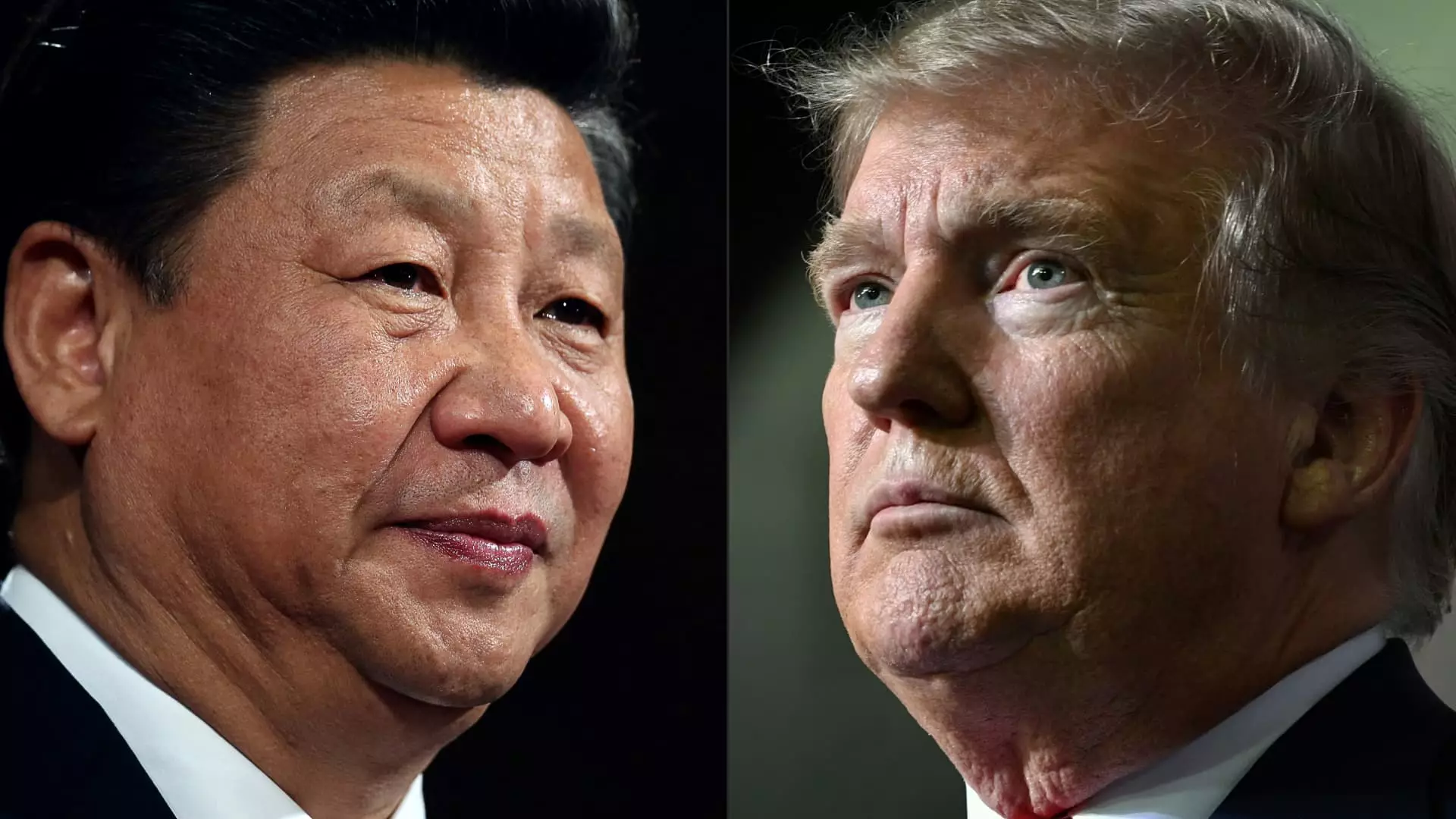Recent statements from U.S. President Donald Trump regarding the prospect of a visit from Chinese President Xi Jinping have sparked discussions about the future of U.S.-China relations. During an interaction with reporters aboard Air Force One, Trump expressed optimism about Xi’s potential trip to the United States, although he refrained from providing a specific timeline. This ambiguity raises questions about the substance and implications of such a visit, especially in light of ongoing trade tensions between the two nations.
The prospect of a renewed trade agreement was highlighted by Trump, who indicated that there could be room for negotiations between the two superpowers. Conversations between Trump and Xi are crucial as they could lead to a de-escalation of trade tariffs that have plagued bilateral relations. Trump’s assertion that “it’s possible” to forge a new trade deal points to an underlying hope for improved economic ties amid a backdrop of protracted tensions.
The last significant interaction between the two leaders occurred in November 2023, during a summit involving former President Joe Biden. This meeting resulted in commitments to rekindle military communications and address pressing issues, such as the production of fentanyl. Reflecting on this context, the potential for Trump and Xi to engage face-to-face seems imperative not only for trade discussions but also for addressing broader geopolitical concerns.
Trump’s repeated mention of discussions surrounding TikTok is particularly telling, as it highlights a core concern of the U.S. regarding data privacy and national security. The United States has been working to evaluate a sale of TikTok from Chinese parent company ByteDance, making this a critical area for negotiation and dialogue. As Trump hinted at his communication with Xi post-inauguration, the evolving dynamics between these leaders will be pivotal in shaping the future landscape of U.S.-China relations.
Relations between Washington and Beijing have been fraught with complexities over the years, marked by disputes on various fronts including trade practices, cybersecurity, human rights issues, and territorial disputes involving Taiwan and Hong Kong. The COVID-19 pandemic has further strained relations, with both sides exchanging blame over its origins. There remains a pressing need for open dialogue amidst this fragmentation, and direct communication could pave the way for mutual understanding.
In an interesting parallel, Trump expressed confidence in the possibility of brokering a peace deal concerning the ongoing conflict in Ukraine, suggesting that Russia may be amenable to discussions to bring an end to hostilities. This statement not only reflects Trump’s foreign policy approach but also underscores the interconnectedness of global affairs where relationships between world leaders can influence various conflict zones.
Looking ahead, the potential for President Xi’s visit presents a unique opportunity for both nations to mend fences and address essential issues at hand. Any prospect of easing trade tensions, especially amid a complex web of geopolitical interests, will likely hinge on the willingness of both leaders to engage cooperatively. As the world watches closely, the outcomes of potential engagements between Trump and Xi could reverberate across global markets and international relations, underscoring the significance of their diplomatic dance.
While optimism reigns in Trump’s recent remarks, the path to a new chapter in U.S.-China relations remains fraught with obstacles that will require careful navigation and a commitment to genuine dialogue.


Leave a Reply